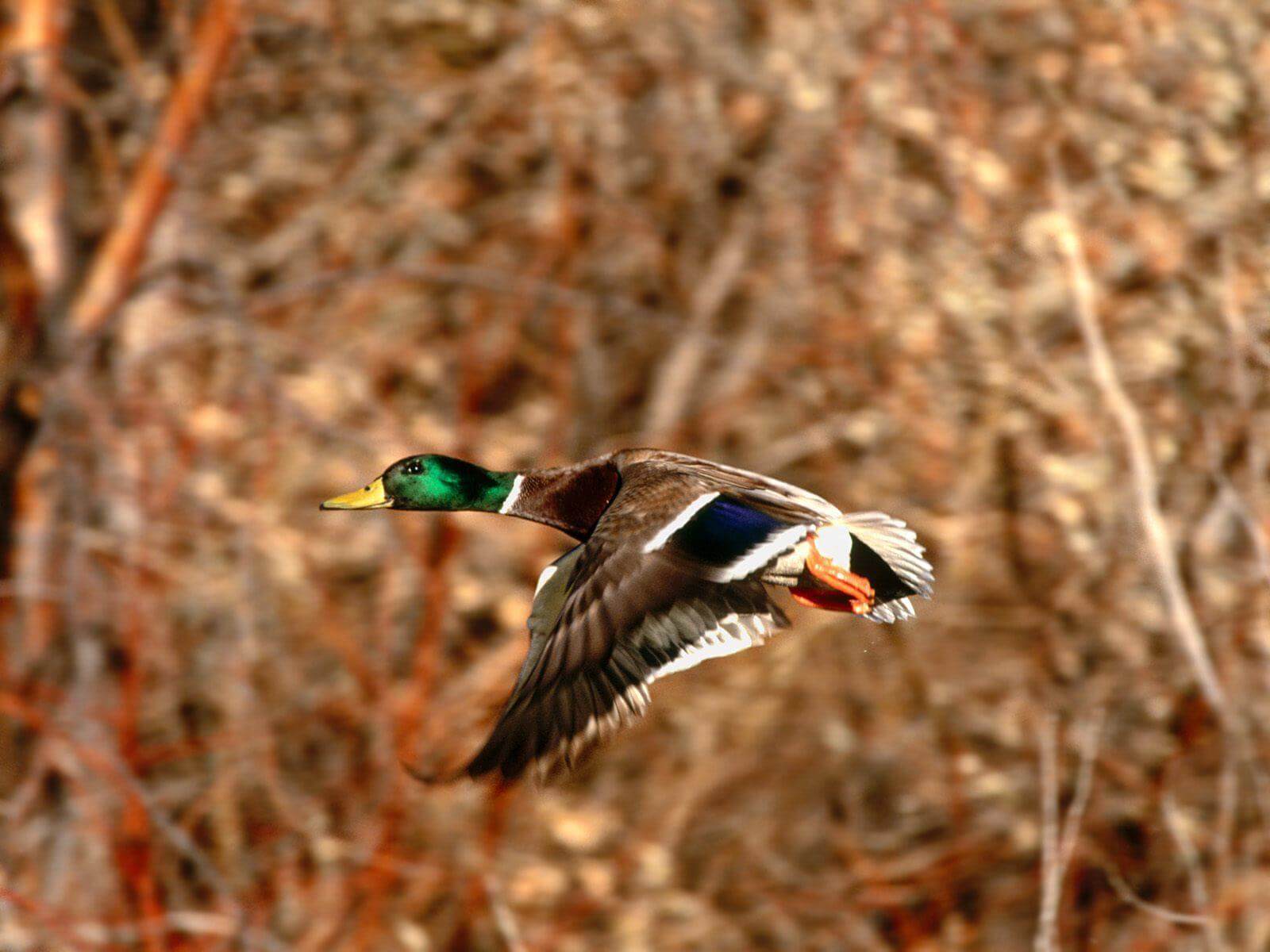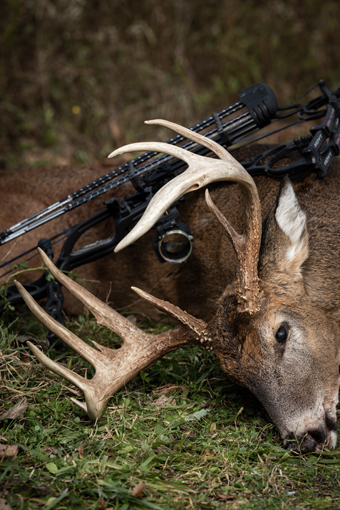
The rules for fair chase are designed to achieve three goals: To enhance the hunter’s experience, to ensure that no hunter has an unfair edge, and finally, to end commercial hunting. The rules also address important issues like animal cruelty prevention and sustainable hunting. This article discusses the ways in which fair chase rules can be used as a tool to help achieve these goals. You can find out more by reading the following sections.
Hunting doesn't get an unfair advantage
For a long time, the concept of fair chase has been around. This is hunting that doesn't give hunters an unfair advantage over others. Educating new hunters on fair chase has created a community of hunter-conservationists who are passionate about the outdoors, the importance of protecting wildlife, and ethical harvesting methods. You can promote fair chase culture in many ways.
First, be aware that hunting regulations exist. Some states have laws that require hunters follow these laws. Fair chase laws have been created to protect wildlife, not make it easier for hunters. While some illegal hunting techniques may be considered unethical, the majority of hunters adhere to these laws. So, hunters can rest assured that hunting continues to be legal and ethical. It is also more likely that there are fewer conflicts.

Enhances hunter’s perception of the relationship between predators and prey
Fair Chase aims to maximize interaction between predator and hunter, which is possibly the most basic relationship between humans & their environment. These tenets have been summarized in Fair Chase's Essay and Position Statement. The Essay's purpose is to describe how Fair Chase can help hunter experience this relationship.
Promotes sustainable hunting
Hunting plays a crucial role in wildlife conservation. Responsible hunting allows game management to maintain sustainable and acceptable animal populations. Hunting taxes are also a crucial source of funding for wildlife management. As a solution to North America's wildlife and environmental crisis, Fair Chase was created. It is designed to promote sustainable hunting while also ensuring the recovery and conservation of wildlife populations. Hunting is a complex and ethical activity. Fair chase promotes responsible hunter. Fair chase is essential to preserving the historic link between hunting and conservation.
Hunters fund active forest management projects which help to improve wildlife habitat and stop forest fires. In fact, RMEF has already allocated $1million to 20 wildfire rehab projects over the next few decades. Hunting also has the added benefit of contributing to scientific wildlife research. In 2021 the RMEF expects to spend $670,000 for elk-related research. It is on track to spend $11.8 million more to support conservation efforts by using the funding of multiple partners.
Commercial hunting eliminated
Oregon's use of drones for hunting game is one of the many issues that the fair chase debate has raised. Hunters are now using rifles equipped with rangefinders and telescopic scopes. This is a significant departure from primitive bows. Finley also plans to include Oregon in the list of states that ban predator killing derbies. Finley reached out to experts who have spent decades hunting food for their support. Jim Posewitz (a member of Montana Outdoor Hall of Fame) and founder of Orion–The Hunter's Institute wrote Beyond Fair Chase. His book, Beyond Fair Chase is widely distributed. It discusses the North American Model's values.

The oldest hunting conservation group in North America, the boone and Crockett club, published an essay supporting fair chase. In the midst environmental crises, fair chase was born. President Theodore Roosevelt was inspired by the bleached bones of bison. Today, fair chase advocates must protect the ethical basis of hunting and avoid promoting self-serving misrepresentation by opponents.
FAQ
Hunting is a wonderful hobby.
Hunting is a game of chess. It's important to think ahead, plan every move and predict where the game will end.
The goal of hunting is to find food, which means you must know what kind of animal you're looking for, how to track your prey, and when to stop tracking. These things are essential to hunting success.
It is important to always be alert when hunting. This will ensure that you don't miss any opportunities. If you do happen to see something, be sure to get close enough to identify it. Take a note of everything that you see and make a recording. This will help you later if you decide to hunt again.
It's much more than just shooting at targets. It's about being in tune with yourself, your surroundings, and the animals around you.
How much does it take to become a hunter
The costs associated with hunting vary depending on the area you live in.
In some cases, you might only have to pay a small fee to access public lands.
Some states require licenses and permits before you can hunt.
Hunting prices vary depending on which type of firearm is used. A rifle is usually more expensive than a shotgun.
A license cost can be between $10-$50. You might need to purchase additional tags depending on the amount of hunting days you have.
You will need a permit in order to hunt certain species. The size of the animal that you want to hunt will determine how much money you have to spend.
If you want to hunt wild turkeys, you will need to pay up to $150 per tag.
Is hunting dangerous?
Yes, it is possible to get hurt while hunting.
There are many ways to injure your self.
One way is through improper shooting techniques. For example, you may shoot at the wrong angle or hit the wrong part of the animal.
Another possibility is to be attacked by another pet.
Hunting accidents happen each year. Guns cause many deaths and serious injuries.
Hunters must ensure that their guns are not loaded until they reach their destination.
When they are out in the woods, they should make sure that their guns don't get loaded.
Always keep your eyes peeled. Listen for the sounds and be attentive to your surroundings.
Avoid interacting with animals unless your are ready to defend.
Never chase after prey. Instead, be patient and wait for prey to arrive.
Never take shortcuts. They can lead to injury or death.
Be cautious around cliffs and other locations where it is difficult to see below.
Avoid rivers and streams. These places can flood unexpectedly.
Avoid drinking alcohol while you are hunting. Your judgment is affected and your reaction time is slowed by alcohol.
Always keep all safety equipment close by. Always keep a flashlight and a first aid kit close by.
It is crucial to be able respond to an emergency. It is important to learn how to give first aid and CPR.
Statistics
- Thanks to the 1937 Pittman-Robertson Act, an 11% excise tax was placed on the sale of firearms, which were then used for conservation. (stacker.com)
- According to the Wildlife Restoration Act, passed in 1937, most of the state conservation efforts are funded through hunting and fishing license sales and firearms sales. (stacker.com)
- Indiana, for example, saw a 28% jump in turkey license sales during the first week of the season. (stacker.com)
- - Percent of residents with paid hunting licenses: 0.7%- (stacker.com)
External Links
How To
How can I teach my son hunting?
This is a very common problem. Parents want their children to be able to shoot guns but don't know where to begin. Safety is the most important thing to remember when teaching your child how a gun works. You need to make sure that your child is aware of what to do in the event of an accident. It's important to make sure that he fully understands shooting rules. To teach him, for example, to not touch the trigger until he's ready to fire. You should immediately call 911 if he shoots himself in error.
Next is to show him how different weapons work. This can include rifles and shotguns, pistols, airguns, and airguns. So that your child can pick the right weapon for him, he should be able to understand how they work. You should take into account its size, weight and power when choosing a weapon. A.22 caliber rifle makes a great starting rifle. It's small enough for beginners to hold, yet powerful enough to kill pests like squirrels. A 12 gauge shotgun, on the other hand is big enough to be held comfortably by adults and still have plenty of power to kill wildlife. Airguns can be operated quietly and easily, making them ideal for children learning to shoot.
Your child should practice shooting at targets. He should practice shooting from different angles and positions in order to discover which position works best for him. You must also ensure that he understands how to properly clean, maintain, and store his weapon.
Once your child is proficient in the basics of hunting, you can teach them how to hunt. There are many different ways to teach your kid how to hunt. Another way to teach your child how to hunt is to take him with you on outings into the woods. Another option is to buy a gun in a store and demonstrate how to load it. Another option is to purchase a puppy and train your child to train it. Dogs are very easy to train. They can also be fun to play and become friends with your child.
If none of these methods appeals to you, then you can hire someone to teach your child how. However, this is a costly option that requires lots of babysitting.